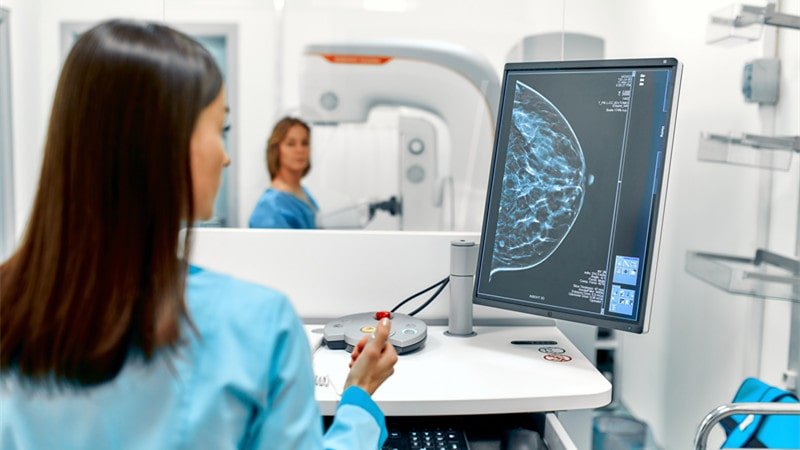Mammograms are an important tool in detecting early breast cancer. They can help reduce the risk of dying from the disease and provide peace of mind for women at risk. However, there is some debate about whether mammograms should be routinely performed.
The American Cancer Society recommends annual mammograms for women ages 45 to 54 and every two years for women 55 and older. Women at higher risk of breast cancer, such as those with a family history of breast cancer, may need to start mammograms earlier or more often.
The benefits of mammography are obvious. They can detect small tumors or changes in breast tissue before a woman or her doctor feels them. This early detection can lead to earlier treatment, greatly improving the chances of successful treatment and survival. Additionally, mammograms can detect cancer at its earliest, most treatable stages.
Also, mammograms come with some risks. They can give false positive results, causing unnecessary anxiety, testing and treatment. Also, some women may experience pain or discomfort during the procedure. While some women may experience discomfort during the procedure, this discomfort is usually mild and does not last long. Discomfort is usually due to compression of the breast tissue, which is necessary for a mammogram to be effective.
The mammogram procedure is relatively simple. The patient will be asked to remove clothing from the waist up and put on a gown. She will then be asked to stand in front of a special X-ray machine. The technician will then place the patient’s breast between two plastic plates, which will compress the breast to ensure that all tissue is visible on the X-ray. The technician will take two pictures of each breast, one from the side and one from the top. The whole process usually takes 20-30 minutes.
Some people wrongly believe that mammograms cause cancer. This is not correct. The radiation used in mammograms is in low doses and is not known to cause cancer. Furthermore, the benefits of early detection far outweigh any potential risks associated with radiation.
Whether or not to have a mammogram is a personal decision. It is important for women to discuss their individual risk factors with their doctor and discuss the risks and benefits of mammograms. Women should also be aware of other early detection methods that may be more suitable for them, such as breast self-exams and clinical breast exams.
For Medicare beneficiaries, Medicare does cover mammograms under Medicare Part B, which includes preventive services. Medicare beneficiaries can get a screening mammogram every 12 months (if you’re 40 or older) for free, as long as their doctor or other health care provider accepts the mandate.
Medicare Part B also covers diagnostic mammograms if the beneficiary has symptoms of breast cancer, such as a breast lump or pain. Beneficiaries typically must pay a copay or coinsurance for the mammogram and may have to meet the annual Part B deductible before Medicare pays the bill. The exact amount of copayment or coinsurance will depend on the provider, so it’s important to check with your provider before scheduling a mammogram.
In conclusion, mammograms are an important tool for the early detection of breast cancer. They can help reduce the risk of dying from the disease and give at-risk women peace of mind. However, the decision whether or not to undergo mammography should be individualized, taking into account a woman’s risk factors and personal preferences.
